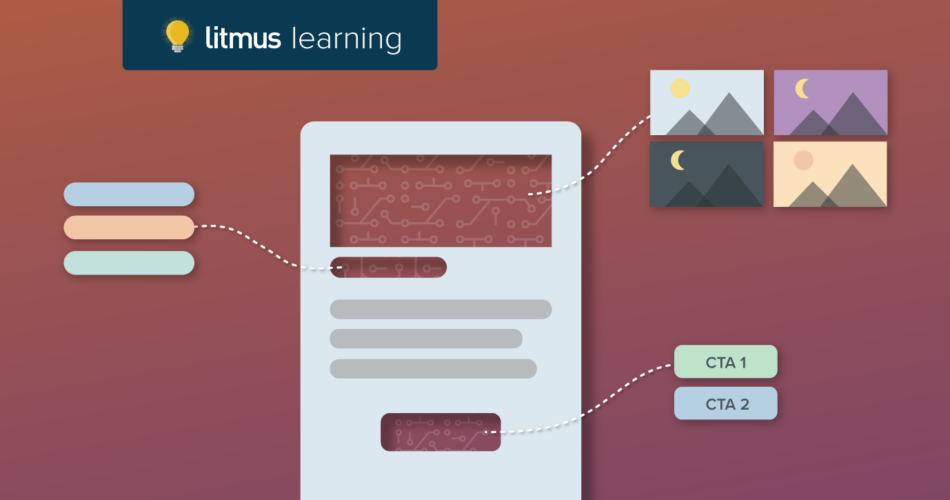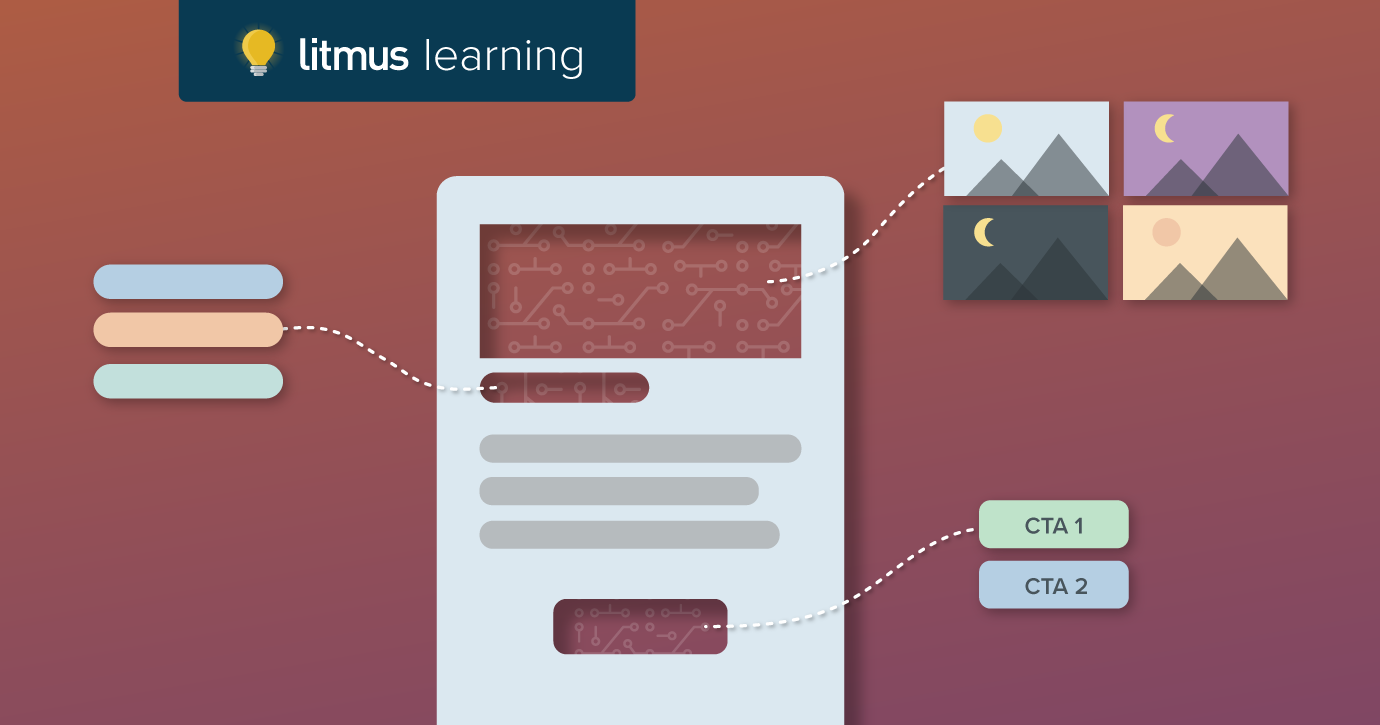Personalization is not a new concept or trend in the email world—but, if we’re honest, it can be hard to implement.
To help provide some guidance, we asked some email marketers experienced in email personalization to share their insights.
In this webinar, three email experts (Lisa Wester, Senior Email & Marketing Automation Manager at Emerson Commercial & Residential Solutions; Leslie O’Neal, Email Marketing Manager at Children International; Jordan Sawyer, Head of Account Management at Kickdynamic) shared their advice and best practices in implementing email personalization into their campaigns.
Didn’t make the live webinar? That’s OK. We recorded the whole thing. Watch the recording here:
Q&A
We’ve highlighted some questions from the webinar, along with our responses, below.
From a high level, how do you think about personalization?
Jordan offered a great perspective during our panel: Personalization is about making subscribers feel special. When something is tailored just for you, it feels special.
When it comes to what personalization looks like in practice, it starts with basic segmentation. How can you segment your audience based on factors like purchases, product use, and persona? From there, it grows to much more individualized experiences leveraging dynamic content.
What are some ways to get started with email personalization?
Lisa spoke to us about thinking through the audience an email is going to, the data that’s available, and where subscribers are in their journey. Considering all this can help you figure out the right personalization tactics.. For example, it might just be segmenting your communications and changing messaging based on someone’s status as a lead vs. customer.
Leslie shared that the key to personalization is understanding your customer. She takes the time to meet with people around the organization who have different perspectives on the customer. This helps her understand what’s most valuable to the customer—so she can leverage the right data points to personalize the experience.
How do you account for subscriber differences (e.g., someone has one account open vs. several)?
This question came up in the context of a specific industry (pet insurance company) where subscribers might have multiple pets and breeds of animals that determine what types of promotions and communications they could receive–but it applies in many contexts. For example, variations in product activity—no, low, medium, and high usage. Leslie provided another example in her role, whenChildren International partners may sponsor one child or multiple children–which impacts what messaging they get.
Whatever the unique situation, take time to think about those variations:
- What are the combinations that might exist for customers?
- How should that change the messaging you use (e.g., singular vs. plural)?
- How does that impact your design?
All of these points should factor into how you design and build your email.
How do you handle disparate data?
Have data that lives in different platforms and doesn’t sync to one central location? A lot of us share that problem. While clean, centralized data should be a high priority for your personalization efforts, you also need to start from where you’re at.
Leslie recommended getting clear on what information you need and for what purpose, then working with your data, analytics, and/or CRM team to figure out the best way to get that data.
How do you recommend gathering more data about customers?
Gathering data doesn’t have to be a form fill! The great thing about email marketing is you’re building a relationship with your subscribers—you can collect information from them over time.
Information gathering doesn’t have to be explicit. For example, you can:
- Gather data about people based on their email clicks, product use, and website activity
- Use interactive polls to gather information
- Use progessive profiling to collect information as a subscriber engages more with you
How have companies used product recommendations to assist their personalization efforts?
If you’re in retail or ecommerce, product recommendations can take your sales to the next level. A first iteration of this might be pulling together the most viewed or most purchased items. From there, you might use someone’s purchase history to recommend similar products or products that are frequently bought together. Your ultimate goal should be to provide individualized recommendations. Think in terms of: We know the color, style, and brands that a subscriber likes–so we think they’d also like this.
How do you test dynamic content in emails?
This was a popular question! The best way to test dynamic content is to use a seed list of about 10 emails that have a variety of use cases. Test those to make sure everything is rendering the way you expect, and that people are receiving what they should. Then, you just have to trust the technology! There’s no feasible way to test hundreds, thousands, or millions of variations. Trust that your dynamic content is working the way you programmed it..
What advice would you give email marketers looking to do more with personalization?
Our panel was in agreement: Email personalization is a process. You can’t run before you walk! Start with one thing, build your confidence, and grow from there. Your personalization programs will become more advanced and sophisticated over time—but that’s not a reasonable expectation to have when you’re just getting started.
To learn more about creative ways to experiment with email personalization, check out our Ultimate Guide to Dynamic Content.
Source link




